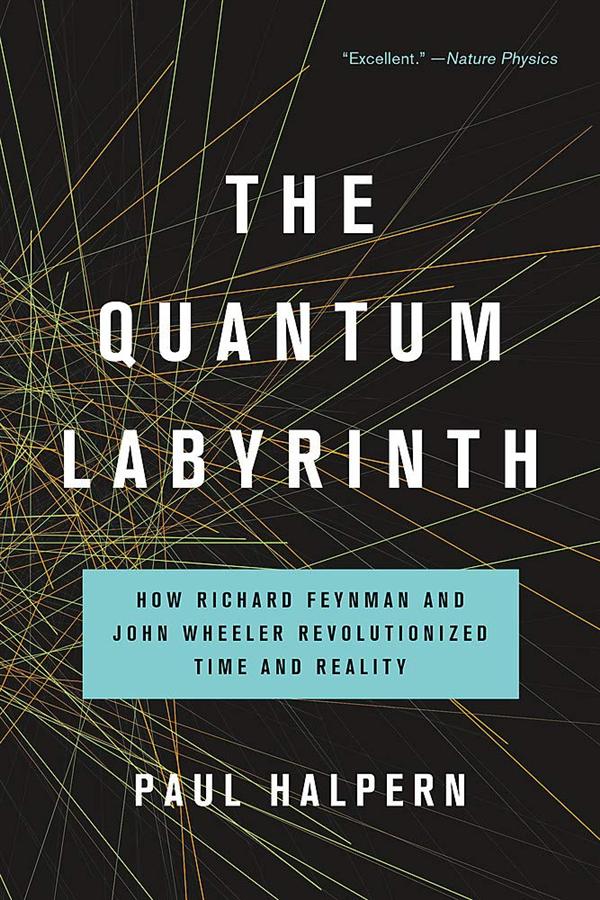內容簡介
內容簡介 In Fall 1939, Richard Feynman, a brash and brilliant recent graduate of MIT, arrived in John Wheeler's Princeton office to report for duty as his teaching assistant. The prim and proper Wheeler timed their interaction with a watch placed on the table. Feynman caught on, and for the next meeting brought his own cheap watch, set it on the table next to Wheeler's, and also began timing the chat. The two had a hearty laugh and a lifelong friendship was born.At first glance, they would seem an unlikely pair. Feynman was rough on the exterior, spoke in a working class Queens accent, and loved playing bongo drums, picking up hitchhikers, and exploring out-of-the way places. Wheeler was a family man, spoke softly and politely, dressed in suits, and had the manners of a minister. Yet intellectually, their roles were reversed. Wheeler was a raging nonconformist, full of wild ideas about space, time, and the universe. Feynman was very cautious in his research, wanting to prove and confirm everything himself. Yet when Feynman saw merit in one of Wheeler's crazy ideas and found that it matched experimental data, their joint efforts paid off phenomenally.The brilliance and originality of each physicist stimulated the other's imagination, leading to a rethinking of the nature of time and reality that proved essential for late-20th century breakthroughs in particle physics. Instead of a linear flow, Feynman's concept of "sum over histories" showed how the path a particle takes is a blend of all possible options that a particle could follow. Wheeler's attempts to remake particle physics from the ground up, spurred the now landmark idea of wormholes, and influenced his student Hugh Everett's conception of the Many Worlds Interpretation of quantum mechanics. The two thinkers pioneered the use of doodles and diagrams in explaining quantum interactions, giving birth to the now essential Feynman diagrams that show possible backward- and forward-in-time paths for particles. And this is only the tip of the iceberg.As The Quantum Labyrinth reveals in a riveting read, together, Feynman and Wheeler made sure that quantum physics would never be the same again.
作者介紹
作者介紹 Paul Halpern Paul Halpern is a professor of physics at the University of the Sciences in Philadelphia, and the author of fifteen popular science books, most recently Einstein's Dice and Schr?dinger's Cat. He is also a Fellow of the American Physical Society. He lives near Philadelphia, Pennsylvania.
